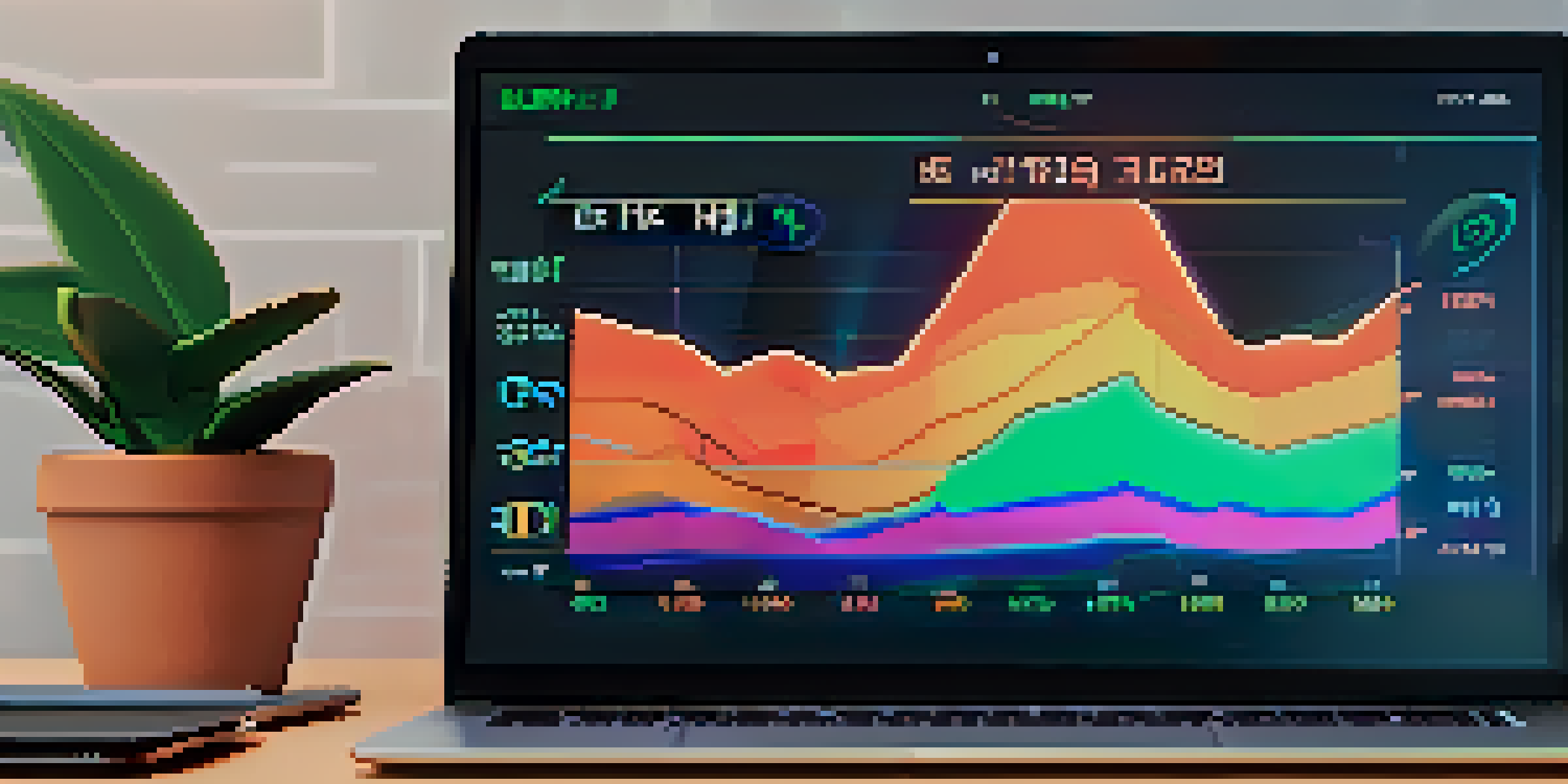Support and Resistance Levels: Key Concepts in Crypto Trading

What Are Support and Resistance Levels in Crypto Trading?
Support and resistance levels are essential concepts in trading, especially in the volatile world of cryptocurrencies. Support refers to a price level where a cryptocurrency tends to stop falling and may bounce back up, while resistance is where the price tends to stop rising and may reverse downwards. Think of support as a safety net for prices, and resistance as a ceiling that prices struggle to break through.
In investing, what is comfortable is rarely profitable.
These levels are created by traders' collective behavior—when many buyers enter the market at a certain price, it establishes support. Conversely, when sellers dominate at a specific price point, resistance is formed. Understanding these levels helps traders make informed decisions about when to buy or sell, potentially increasing their chances of profit.
In a nutshell, support and resistance levels act like invisible barriers that can guide traders' strategies. By recognizing these levels, you can anticipate potential price movements and adjust your trading approach accordingly.
How to Identify Support Levels in Crypto Charts
Identifying support levels in crypto charts is essential for effective trading. One common method is to look for historical price points where the asset has bounced back up repeatedly. For instance, if a cryptocurrency has dropped to $30 several times but always rebounds, $30 is likely a strong support level.

Additionally, traders often use trendlines to visualize support. By drawing a line connecting the lowest points on a chart, you can see where the price tends to find support over time. This approach allows for a clearer understanding of potential future price movements.
Understanding Support and Resistance
Support and resistance levels help traders make informed decisions by indicating where prices may bounce back or reverse.
Finally, incorporating other technical indicators, such as moving averages, can enhance your analysis. A moving average can serve as a dynamic support level, adjusting as the price moves, which provides further insight into potential buying opportunities.
How to Identify Resistance Levels in Crypto Charts
Just as support levels are crucial, identifying resistance levels is equally important for successful trading. Resistance can be pinpointed by looking at historical points where the price has struggled to rise above. If a cryptocurrency consistently peaks at $50 before falling back, that price is likely a significant resistance level.
It’s not whether you’re right or wrong that’s important, but how much money you make when you’re right and how much you lose when you’re wrong.
Trendlines can also be helpful in identifying resistance. By drawing a line connecting the highest points on a chart, traders can visualize where the price tends to hit a ceiling. This clear representation helps traders anticipate when to sell or place stop-loss orders.
Moreover, technical indicators like the Relative Strength Index (RSI) can signal overbought conditions, suggesting that a price may soon hit resistance. By combining these tools, traders can make better-informed decisions regarding potential sell points, optimizing their trading strategies.
The Role of Volume in Confirming Support and Resistance
Volume plays a critical role in confirming support and resistance levels. High trading volume at a support level may indicate that many traders believe the price won't drop further, reinforcing that support. Conversely, low volume can suggest a lack of conviction, making the support level weaker.
Similarly, resistance levels backed by significant trading volume are more likely to hold. If a cryptocurrency approaches a resistance level with high volume, it may struggle to break through. Understanding this relationship between volume and price levels adds depth to your trading strategy.
Identifying Key Price Levels
Traders can identify support and resistance levels through historical price points, trendlines, and technical indicators.
In practice, observing volume alongside support and resistance can provide a clearer picture of market sentiment. This knowledge enables traders to make more precise decisions, such as waiting for confirmation before entering or exiting trades.
How to Use Support and Resistance in Trading Strategies
Incorporating support and resistance levels into trading strategies can greatly enhance your effectiveness. One popular approach is to buy near support levels and sell at resistance levels, capitalizing on the price fluctuations. This strategy helps traders maximize gains while minimizing risks.
Another effective strategy is to use these levels for setting stop-loss and take-profit orders. Placing a stop-loss slightly below a support level can help protect against unexpected price drops, while a take-profit order at a resistance level ensures you lock in profits before a potential downturn.
Additionally, traders often look for breakouts—when the price moves beyond resistance or below support. A breakout can signal a strong trend, prompting traders to enter positions. By strategically using support and resistance, traders can enhance their decision-making and overall trading performance.
Common Mistakes to Avoid with Support and Resistance
Even seasoned traders can fall into pitfalls when dealing with support and resistance levels. One common mistake is placing too much emphasis on a single level without considering the broader market context. It's crucial to look at multiple indicators and trends to avoid making decisions based on incomplete information.
Another error is ignoring the potential for false breakouts. Sometimes, the price may briefly breach a support or resistance level before reversing direction, leading to unexpected losses. Implementing tighter stop-loss orders can help mitigate this risk and protect your capital.
Importance of Volume Analysis
High trading volume at support or resistance levels confirms their strength and aids traders in making better decisions.
Finally, relying solely on historical data can be misleading. Markets evolve, and patterns that once held true may not apply in the future. Staying adaptable and continually analyzing market conditions will enhance your trading strategy and help you navigate the ever-changing crypto landscape.
The Importance of Combining Support and Resistance with Other Tools
While support and resistance are powerful tools, they work best when combined with other technical analysis methods. Indicators like moving averages, Fibonacci retracement levels, and trend analysis can provide additional layers of insight, helping to confirm your observations about support and resistance.
For example, if a cryptocurrency approaches a support level that coincides with a rising moving average, it adds credibility to the support. This combination can signal a strong buying opportunity, increasing your chances of a successful trade.

Ultimately, the key to successful trading lies in a comprehensive approach. By integrating support and resistance with other analytical tools and staying informed about market news, you can develop a well-rounded trading strategy that adapts to the dynamic nature of the crypto market.